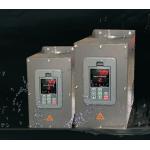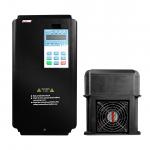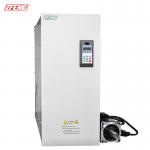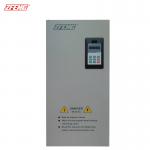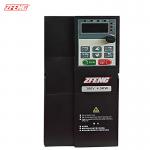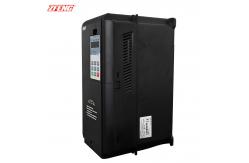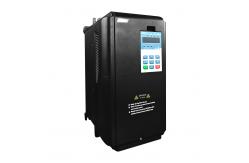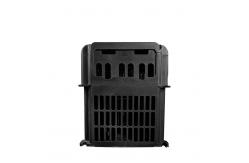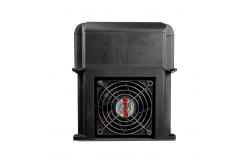ZFeng 900 Series 18.5Kw-T-G General Vector Variable Frequency Drive
The universal frequency converters produced by our company are used
in a wide range of industrial scenarios, such as conveyor belts and
machine tools, and usually have higher instantaneous overload
energy (such as 150% -180% short-term overload) to meet complex
load requirements.
G-type numerical (suitable for load balancing scenarios (general
class) motors, with a focus on dynamic response parameters.
Energy saving and speed regulation functions of frequency
converters
Frequency converters play a crucial role in the field of industrial
automation, with core functions including speed regulation and
energy conservation. By changing the operating power frequency of
the motor, the frequency converter can achieve stepless speed
regulation, meeting the precise requirements of the production
process for motor speed. At the same time, the frequency converter
can adjust the power supply voltage and current of the motor
according to actual needs, ensuring that the motor operates in the
optimal state and effectively reducing energy consumption.
Protection function of frequency converter
The frequency converter is equipped with multiple protection
functions such as overcurrent, overvoltage, overload, undervoltage,
grounding, short circuit, overclocking, and stall, ensuring the
safe and stable operation of the equipment. For example, when the
motor experiences overload or short circuit, the frequency
converter will quickly cut off the power supply to avoid motor
damage. In addition, the frequency converter also has a soft start
function, which can reduce the impact of starting current on the
power grid.
Control method of frequency converter
There are various control methods for frequency converters,
including V/F control, vector control, direct torque control (DTC),
etc. V/F control controls the speed and torque of the motor by the
ratio of constant voltage to frequency, which is suitable for
general speed regulation situations; Vector control separates the
magnetic field and torque of the motor, achieving higher precision
speed and torque control, suitable for high-performance
applications; DTC real-time control of motor torque and speed,
providing fast dynamic response, also suitable for high-performance
applications.

